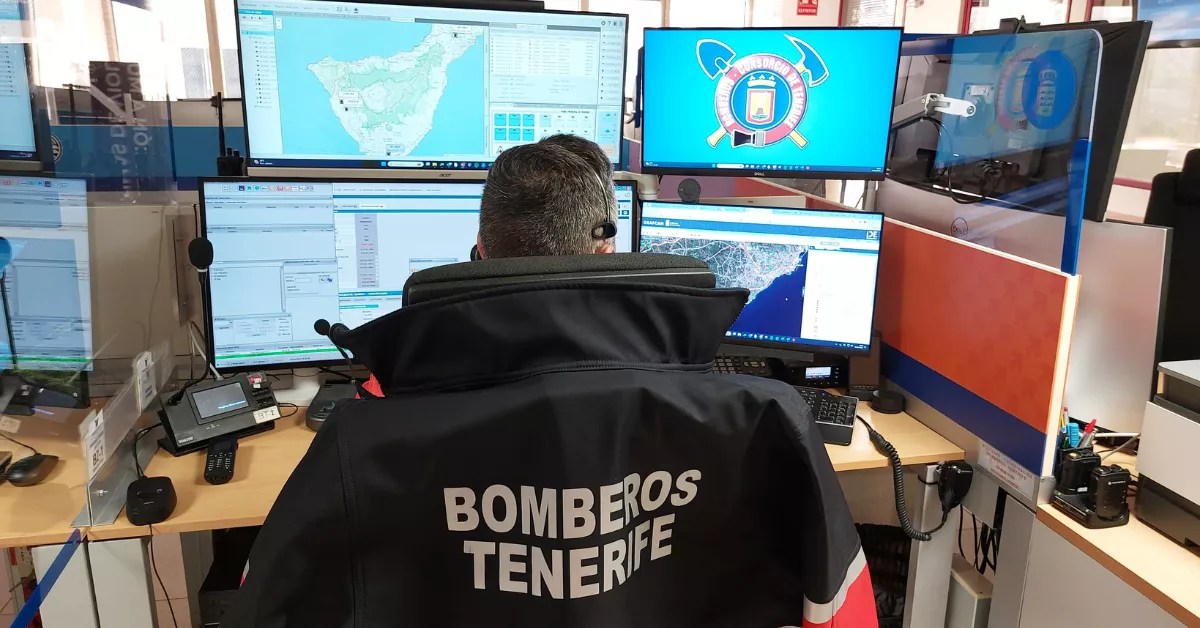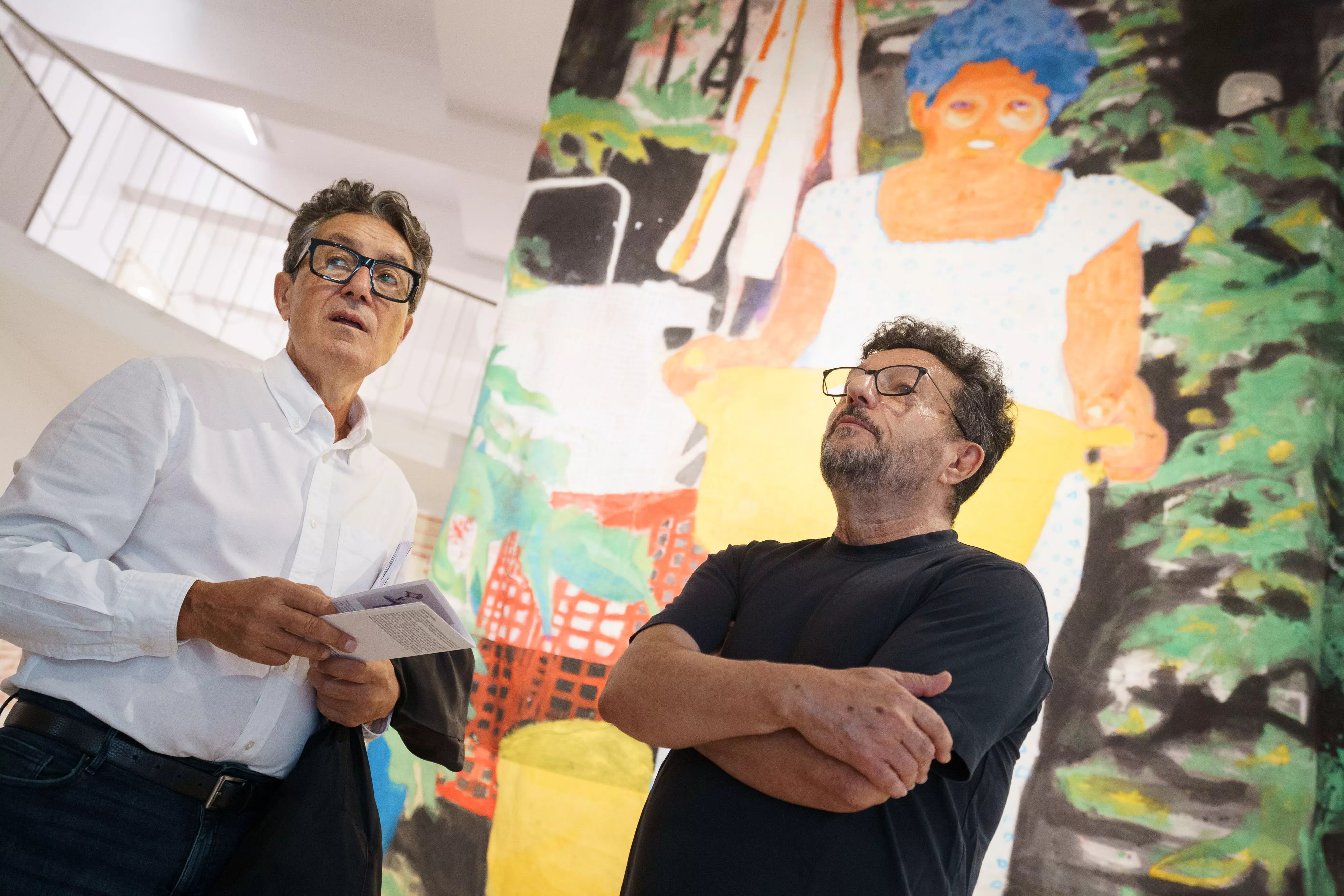
SANTA CRUZ DE TENERIFE, Dec. 28 (EUROPA PRESS) –
The mayor of Santa Cruz de Tenerife, José Manuel Bermúdez, accompanied by the councilor for strategic projects, Juan José Martínez; The CEO of the Development Society, Alfonso Cabello, and the mayor of Public Services, Carlos Tarife, presented this Wednesday the balance of the projects presented so far to the European Next Generation funds, “of which a total of 7, with an amount that exceeds 28 million euros”.
In addition, he said, they are waiting for another five of this first stage of applications that represent another 15 million.
Bermúdez indicated that the City Council faced the “reconstruction challenge” of the economy after the pandemic in three phases.
First, with a process of analysis and dialogue with social, cultural, and economic agents, which they called the process of collective reconstruction, then with the compilation of projects to be “prepared” for all the calls that might come out and finally with the creation of a office to promote the projects, explained the mayor.
Currently, projects amounting to almost 60 million euros have been presented, of which seven projects, with more than 28 million, are already accepted (almost 50%) and another 5 projects amounting to 15 million are pending resolution. .
Thus, seven projects have already been accepted: Low Emission Zone, with more than 9 million euros; housing rehabilitation, with 10 million in four complete blocks in Añaza; a Tourism Sustainability plan, identified with more than 5 million euros; the digital transformation of the administration, which will have 700,000 euros; the modernization of cultural spaces, among which is the Guimerá Theater, with 159,000 euros, and the self-consumption and storage of renewable energy in schools, endowed with 309,000 euros, in addition to support for markets, which will have aid of 1.7 million of euros.
Likewise, work is being done on another 7 projects to have them ready as soon as the calls come out, such as the promotion of electric mobility and thermal energy installations in sports facilities; the rehabilitation of public housing, the urban regeneration project in the El Hierro ravine and the Refinery area; the Interreg Atlantic: innovation, resource efficiency, biodiversity and culture; the Barranco de Tahodio project (under study) or the economy of care, related to Social Care.
FUTURE PROJECTS: BIOECONOMY, SMART ISLAND OR WATER IMPROVEMENT
Juan José Martínez pointed out that “the team in charge of managing these funds, in coordination with each of the municipal areas, continues to prospect for projects that may be presented” and added that “for this purpose, They are testing future calls that will allow them to continue expanding the number of projects, for example the bioeconomy and sustainable forest management; Smart Island (incorporation of new technologies into management); environmental protection in urban centers, or the improvement of the integral water cycle”.
Alfonso Cabello, CEO of Sociedad de Desarrollo, announced that “some of the objectives of these Next Generation funds are in line with the challenges that this government team has set for itself in three areas such as administrative digitization, with the project of cybersecurity and smart infrastructures, endowed with 778,000 euros –almost 20% executed–” and added that the promotion of tourism is also in this line, with 5.3 million (already approved) and the promotion of the commercial field, such as the improvement of the competitiveness of the Market and its environment, with 1.7 million euros –already approved–“.
Carlos Tarife, for his part, valued “the promotion of sustainability policies, such as the expansion and improvement of the waste collection service, with the implementation of the fifth container, of organic matter in the four remaining districts, in addition to Health -La Salle”.
For this they have requested 3.8 million euros and thus advance in two years, “since it was scheduled for 2025, but we want to advance it to 2023,” he commented.
To this he added “the installation of local clean points, thermal energy in sports facilities, recovery of the Barranco del Hierro environment, Barranco de Tahodio river ecosystems, or the Low Emission Zones (ZBE), of which the 21%, and the installation of electric vehicle charging points in public buildings, in addition to complementary actions to the ZBE”.
















